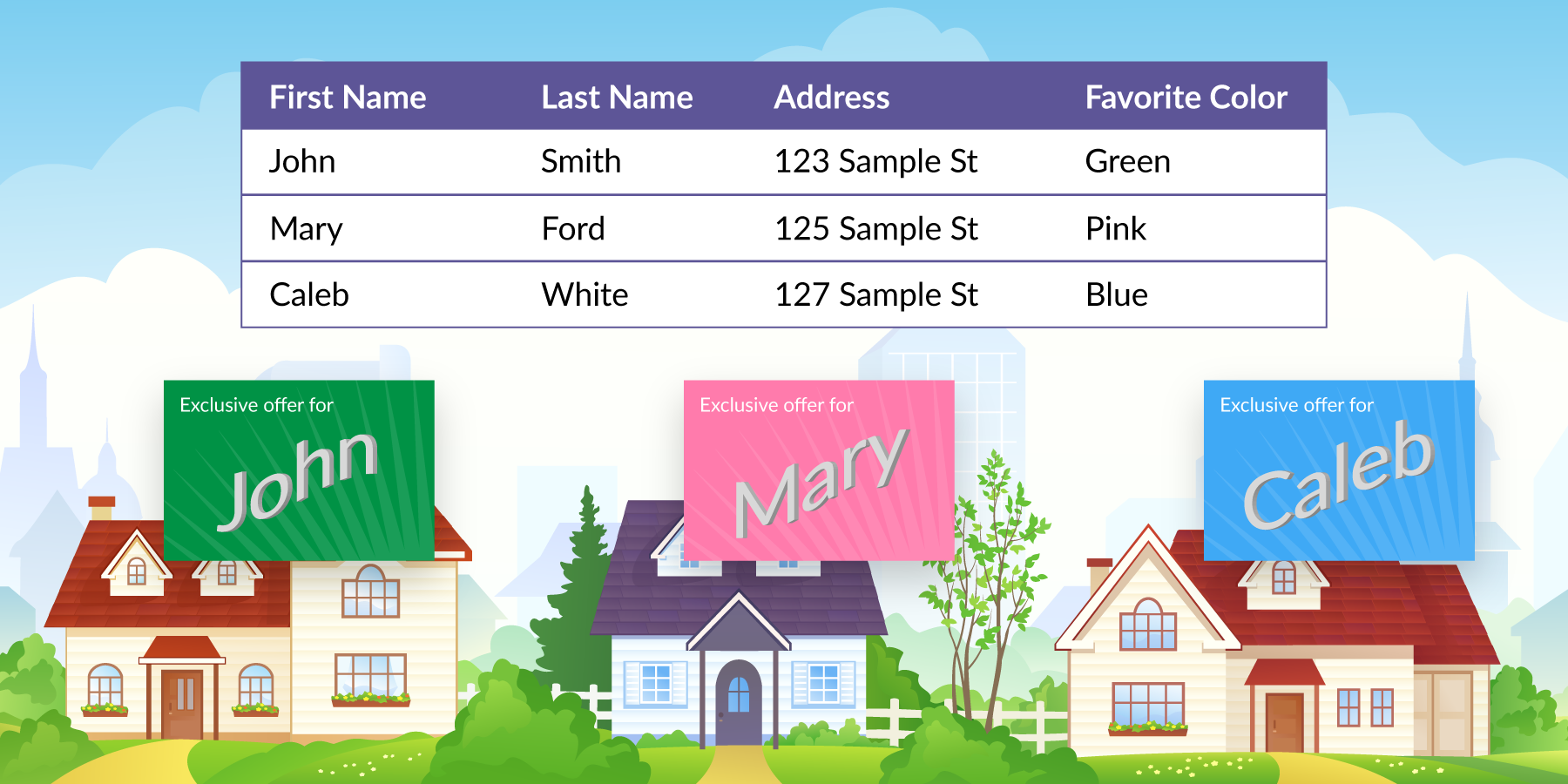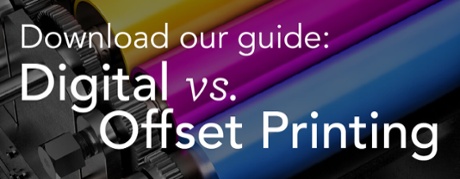Last month my mailbox was filled with special birthday offers. I received mini-catalogs from some of my favorite retailers along with coupons for in-home subscription services I had tried only once.
Looking back, here’s what I noticed. My monthly spending went up, I tried two new restaurants, and went to stores I hadn’t visited in a long time.
Coincidence? Probably not.
My birthday shopping spree (although, in my opinion, well-deserved) was definitely a result of the personalized offers I received in the mail—none of which would be possible without variable data printing.
What is Variable Data Printing?
Most marketers understand why it’s important to personalize marketing materials. Specifically for print and direct mail, research shows that personalization can produce response rates that are 3–10x higher than generic campaigns. But how it’s done—and the degree to which you can personalize information—isn’t as well known.
If you’ve worked closely with printers in the past, you might be familiar with the term variable data printing. It’s the process used to personalize print pieces or direct mail by pairing a design file with a database. Variable data printing—also known as VDP—allows you to swap out text or images from any data source (customer or donor records, product inventories, financials, etc.) as materials are digitally printed.
Depending on the data you have available you can personalize the message and/or design based on a recipient’s gender, location, buying preference, shopping history, age, and many other variables. The options are pretty much endless.
How does VDP work?
VDP is like a mail merge, but much more powerful. Rather than using a spreadsheet to add names and addresses to a letter or envelope, VDP can be used to create highly targeted communications.
To get started, you’ll need a design file (suitable for a digital press) with variable fields that map to the data you want to use. Just keep in mind that those variable fields can go well beyond the recipient’s name! In fact, when you work with an experienced printer—one that has variable data specialists on staff—those variable fields can be programmed with smart rules that change content based on triggers in your database.
For example, let's say you’ve written a fundraising appeal letter which asks alumni to donate back to their Alma Mater. Within the letter, you could appeal to their sense of nostalgia by recalling the time period or a specific event that occurred during the year they graduated. Instead of creating separate letters you could swap out an entire paragraph of text based on the recipient’s class year.
The smart rules would look something like this:
<Variable 1: Class year> = If ‘1950’ THEN: ‘Custom text about 1950 graduates’
OR
<Variable 1: Class year> = If ‘1960’ THEN: ‘Custom text about 1960 graduates’
And so on…

 This invitation for Suffolk Law School's Reunion Celebration used multiple areas of VDP (indicated in magenta) to personalize each person's reunion year, ask amounts based on past giving, as well as internal identifiers such as the campaign code and donor ID.
This invitation for Suffolk Law School's Reunion Celebration used multiple areas of VDP (indicated in magenta) to personalize each person's reunion year, ask amounts based on past giving, as well as internal identifiers such as the campaign code and donor ID.
Why VDP Pays off for Print and Direct Mail Campaigns
The bottom line is that people are more likely to respond to a marketing message when it feels like it was written just for them. Numerous studies have proven that personalization works:
- 79% of consumers say they are only likely to engage with an offer if it has been personalized to reflect previous interactions the consumer has had with the brand. (Marketo)
- 88% of U.S. marketers reported seeing measurable improvements due to personalization—with more than half reporting a lift greater than 10%. (Evergage)
- 86% of consumers say personalized marketing leads to a buying decision. (Infosys)
And just like me, if your offer speaks to their shopping patterns and other interests, they’re more likely to buy.
But beyond increased response and conversion rates there’s a number of other reasons why marketers should take advantage of variable data printing.
Produce Highly Targeted Campaigns
VDP allows for mass customization, or the ability to personalize at scale with speed. Instead of sending, 5,000 completely identical postcards to customers (other than mailing info), marketers can use variable printing to create 5,000 unique postcards in the same amount of time (if not less).
So whether you’re campaign is large or small, VDP allows you to change any number of variables to precisely target the needs of your audience.
Print Short Runs
Since VDP is produced digitally, there is no minimum quantity. Need to produce 25 or 50 pieces for a special event or promotion? No problem!
These types of short runs would be near impossible on an offset press, not to mention extremely expensive. But with digital printing, there is no setup required aside from loading the specific substrate. Files are sent directly to the digital press and production gets underway immediately.
Faster Turnarounds
Unlike conventional printing on an offset press, VDP is produced digitally and does not require printing plates. That’s why every image or sheet can be different and dynamically changed as its printed. There’s no need to stop the production process to swap out plates and the additional setup time that would be required to produce multiple lots on an offset press. With VDP thousands of unique printed pieces are executed at the same time, making personalized marketing simple and fast!
Enhanced Tracking Options
Another benefit of personalizing your campaigns with variable data is that you can add unique identifiers, bar codes, or offer codes that allow you to track response rates and return on investment.
One of the best ways to leverage VDP for tracking purposes is through the use of personalized URLs or pURLS. A pURL such as johnsmith.offer.com directs recipients to their own unique landing page (which can also be personalized with content specific to them). By including pURLs in your campaign you’ll be able to know exactly who visited the campaign landing page from your direct mail piece, even if they didn’t convert. That can be a great time to send a follow-up or have your sales team reach out to try and close the deal.
Increased Efficiency for Marketing and Design Teams
Although variable data printing is most commonly used in direct mail campaigns, companies can leverage VDP for a wide range of brand identity or marketing materials. Business cards are a great example. Rather than creating individual cards for each new hire or title change, business cards can be printed digitally with VDP.
Brands can then take that a step further and work with a printer that offers web-to-print software which allows end users to personalize their business cards, view a proof and submit the order for printing online. The whole process is automated—eliminating the need for graphic designers to create multiple files or gather a spreadsheet of names, titles, etc.
So next time you prepare a direct mail campaign, consider the benefits of variable data printing. Ask yourself how the piece could be more relevant for the recipient? Can you find ways to personalize the content to speak to the person directly and appeal to their interests? What does your data tell you about your audience and how can you leverage that to deliver messages specific to them?








